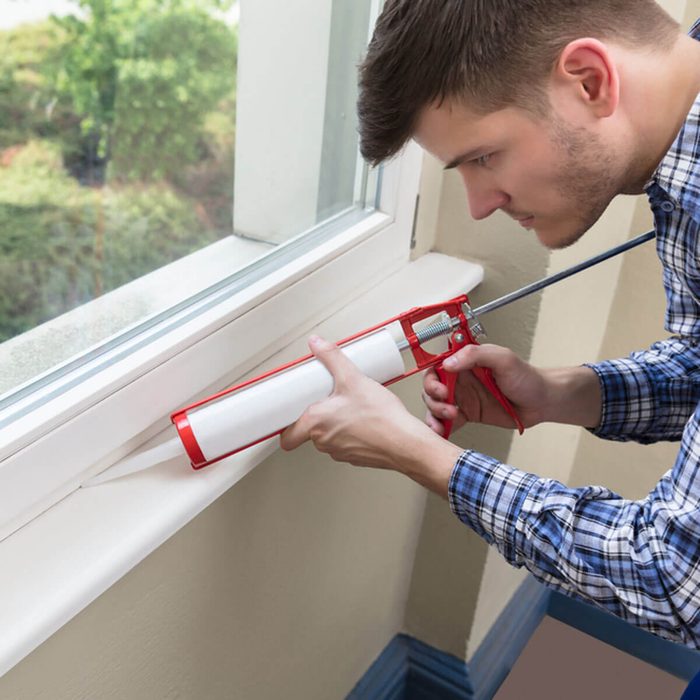
Caulk Windows and Doors
It can’t be said enough that windows and doors are the two leading culprits for winter heat loss in your home. With these caulking tips, you’ll be able to keep your home warm and ensure a tight seal around interior trim. And as a result, warm air stays in your home. It’ll also help reduce your heating bills.
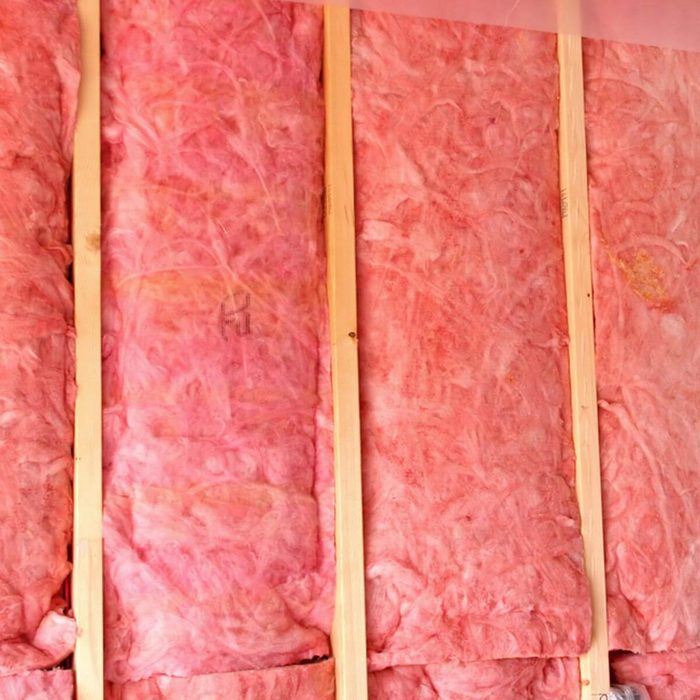
Add Insulation
Beefing up the insulation in your home, particularly in basements and attics can keep your home warm. And will promote a more even temperature and eliminate cold spots. Better yet, adding insulation is a cost-effective solution to what can be an expensive problem over time.
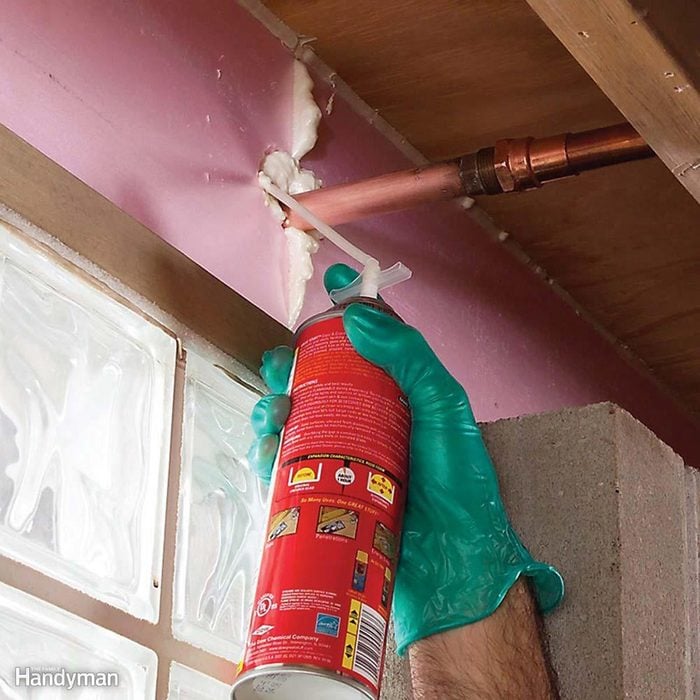
Seal Gaps
Sometimes the smallest cracks can cause intense drafts and will not keep your house warm. So seal any openings in exterior walls with expanding spray foam insulation, particularly around pipes to minimize air loss. Adding foam insulation is also a cheap way to stop drafts from wafting in behind switch plates.
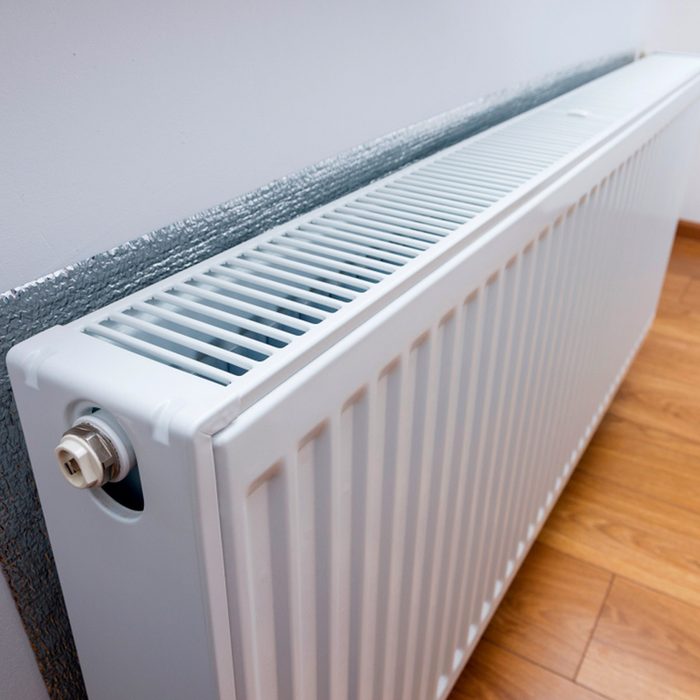
Winterize Your Radiators
For an easy DIY project, place aluminum foil on the wall behind your radiators to reflect heat outwards into the room. Be sure to bleed your radiators to remove any inefficient air gaps which may be preventing your radiators from working to optimum capacity and will keep your house warm.
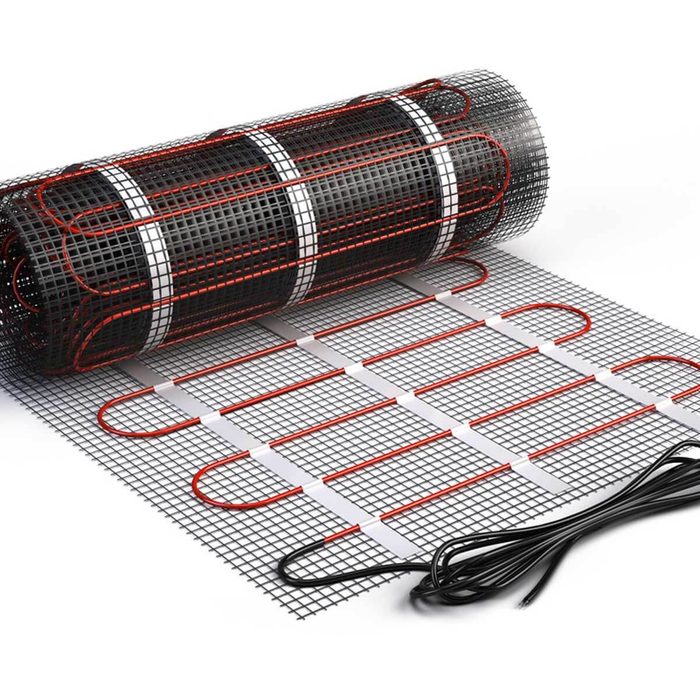
Radiant Floor Heating
If you’re already in the market for a remodel, think about radiant floor heating, whether electric or hydronic. Because floor heating has a constant output, you don’t have the large swings (and increased bills) caused by appliances designed to turn off and on again when the temperature drops.
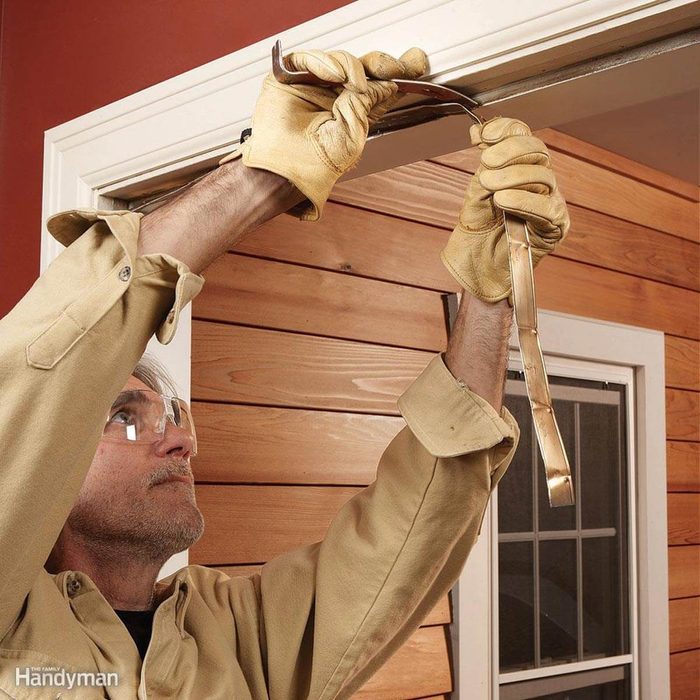
Weatherstripping
Anytime you have an opening to the outdoors, you should have weatherstripping to help keep the cold air out and the warm air in. And replacing weatherstripping that’s overly compressed, worn or ripped weatherstripping is an easy project that will keep your home warm.
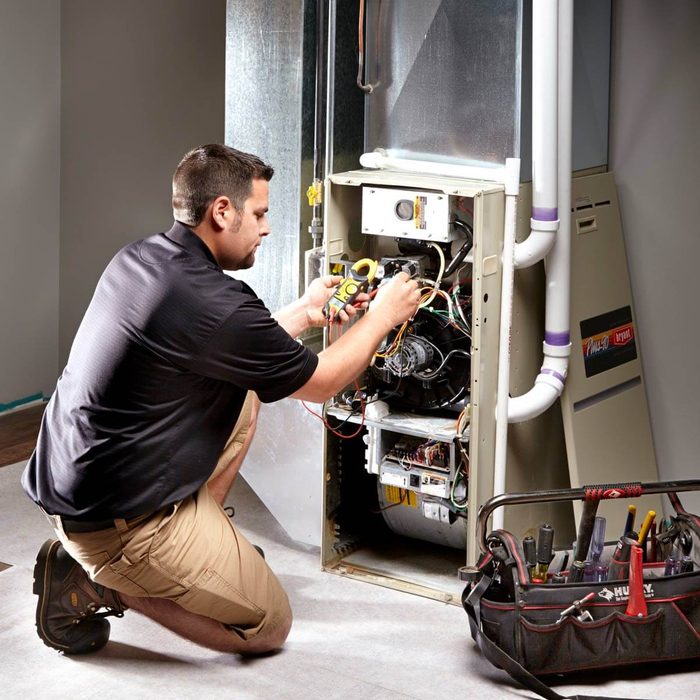
Service Your Furnace
Before the temperature dips too much, it’s a good idea to service your furnace. You can do your own furnace maintenance, though you may want to have an HVAC pro check it out for you. At the same time, be sure to check and change the furnace filter to make your furnace run more efficiently, thus directing more warm air to the habitable areas of your home.
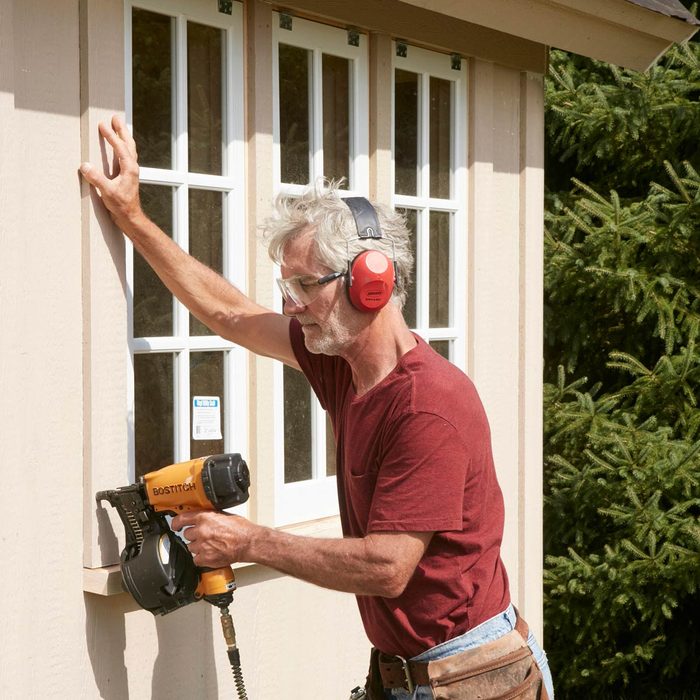
Replace Windows
While it may not be cost-effective to replace all of your windows, if you still have single-pane windows, it may be time for a change. Stronger, warmer and easier to operate, newer, double-paned windows will make a noticeable difference in the winter temperature of your home and will keep your home warm.
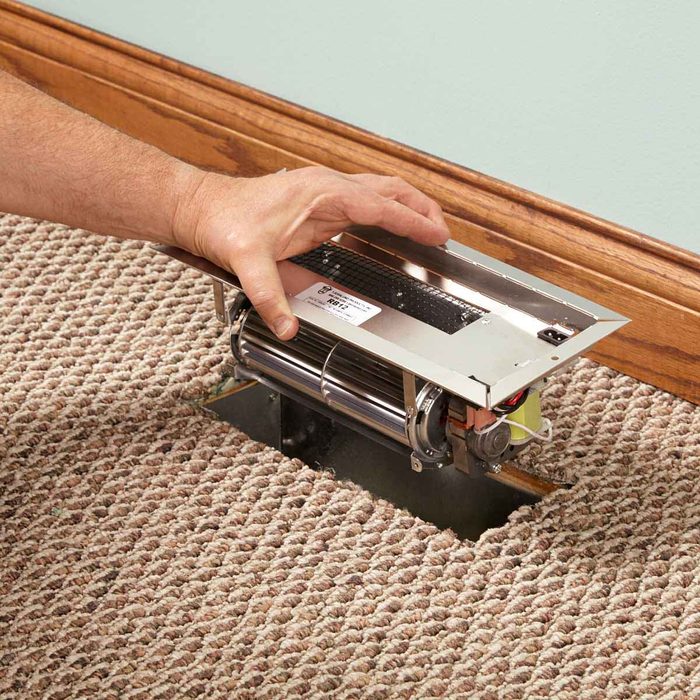
Install a Duct Booster
A duct booster fan is a great way to boost the heat levels in specific rooms in your house. And particularly where furniture or room shape doesn’t allow for adequate air flow. With most models requiring only simple drop-and-plug installation, adding a duct booster fan is worthwhile project to keep your home warm.
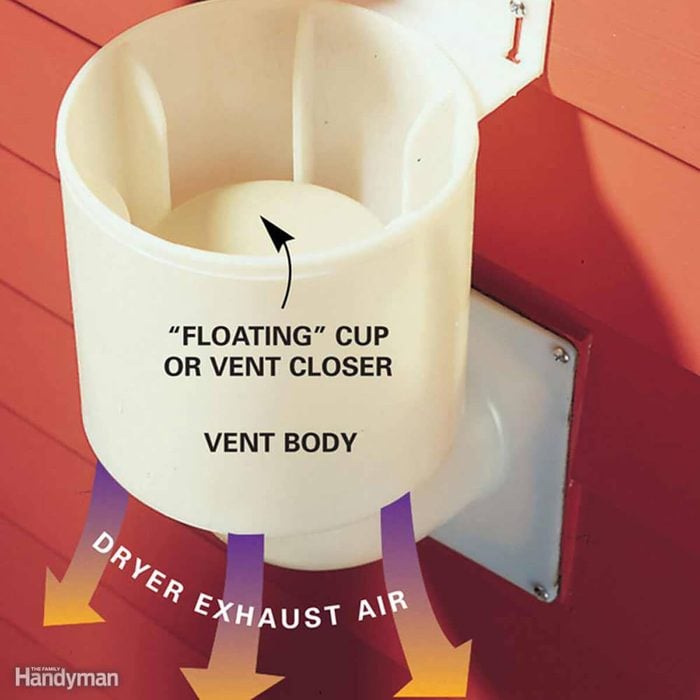
Install an Airtight Laundry Vent
If your laundry room or the inside of your dryer is always cold in the winter months, your old dryer vent may be the culprit. Check the exterior of your vent for any broken or missing vent flaps. And consider replacing the entire vent with an airtight variety that will keep your home warm, slash your heating bills and prevent unwanted critters from seeking shelter in your home over the winter.
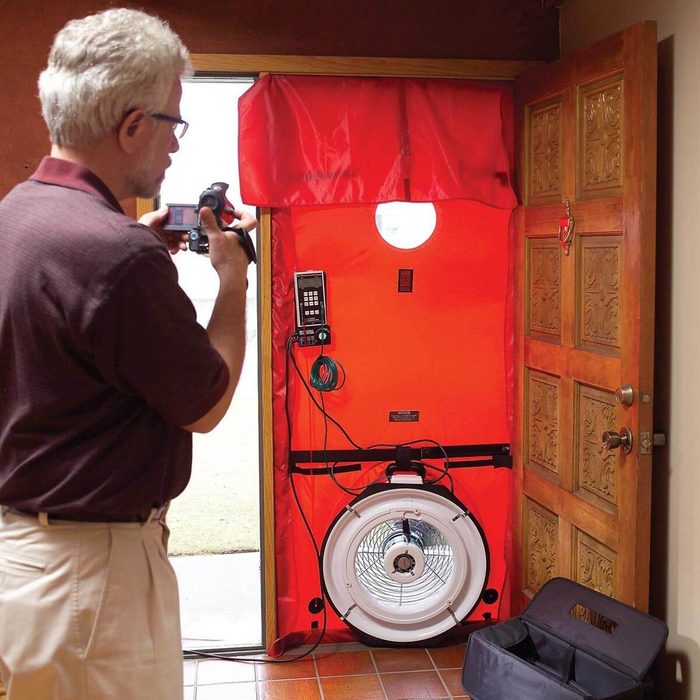
Invest in an Energy Audit
If you don’t know where to start, or which projects to tackle first, a professional energy audit may be the right move. An approved auditor will come to your home and conduct tests to determine where the inefficiencies are and will provide you with a list so you can prioritize your pre-winter project planning.
Next: learn how to adjust storm door sweep to make your house warmer.